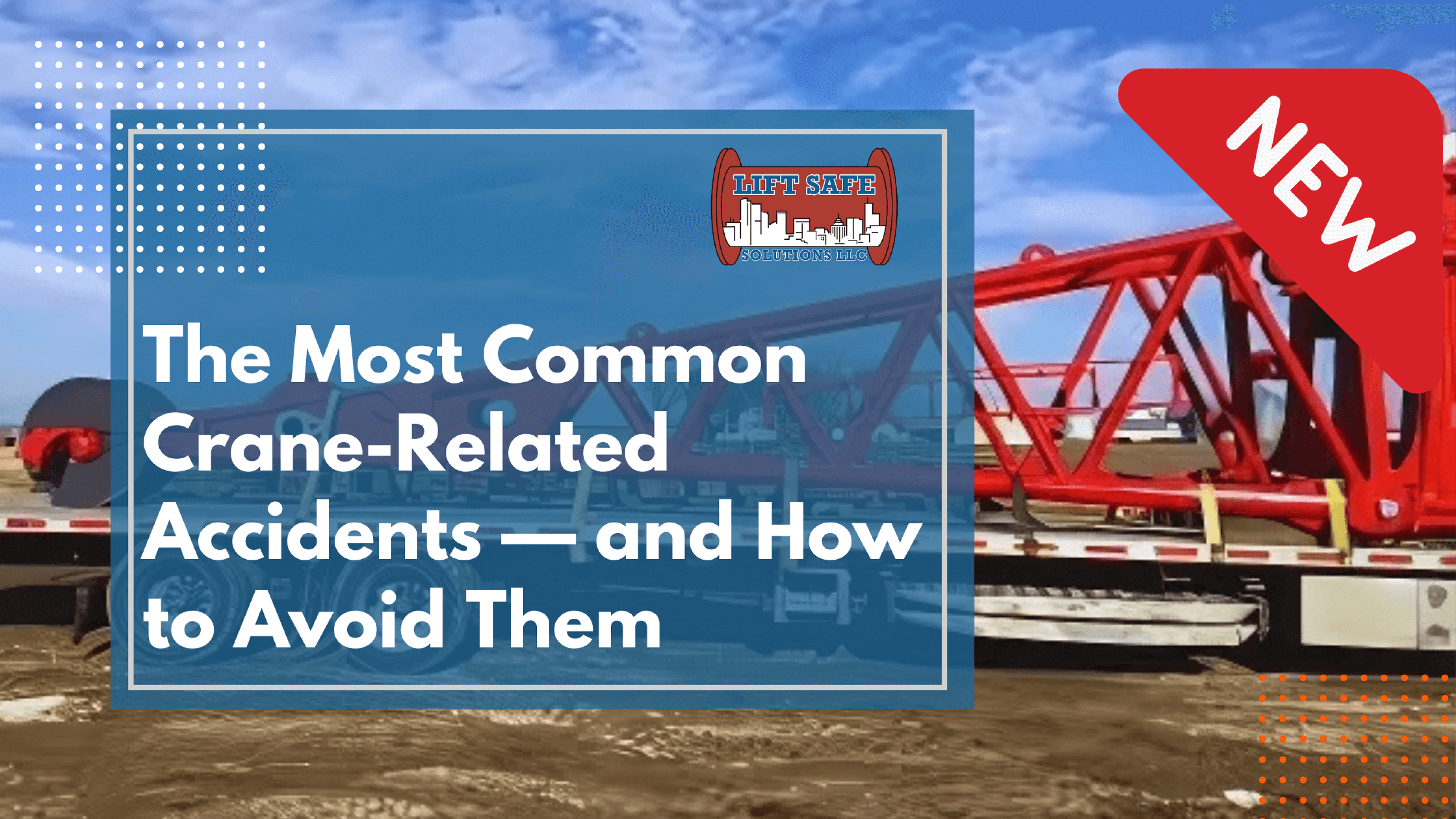Cranes are among the most important—and most dangerous—pieces of equipment on construction sites. Whether you're building a high-rise, installing infrastructure, or lifting materials across uneven terrain, crane operations require precision, training, and strict adherence to safety protocols.
Understanding the most common types of crane-related accidents can help your company take proactive steps to prevent them. Below, we explore five major types of crane accidents and practical ways to avoid them.
1. Overloading the Crane
One of the leading causes of crane failure is overloading. When a crane lifts more weight than it is rated for, the entire structure is compromised. This can lead to tipping, boom collapse, or failure of supporting components.
How to Avoid It:
- Always reference the crane’s load chart before planning a lift.
- Use load monitoring systems to ensure operators don’t unintentionally exceed limits.
- Consider environmental factors like wind speed, which can affect load balance.
2. Electrical Contact with Power Lines
Many job sites involve working near live electrical lines. A crane boom or load that touches a power line can result in electrocution of operators or ground personnel.
How to Avoid It:
- Maintain a minimum of 10 feet clearance from power lines at all times.
- Assign a dedicated spotter to monitor boom position during operation.
- Train operators in electrical hazard recognition and proper lift planning.
3. Improper Rigging Practices
Poor rigging techniques are a recipe for disaster. If the load isn’t properly secured or the rigging gear is defective, dropped loads can lead to serious injury or death.
How to Avoid It:
- Employ only certified riggers trained in crane operations.
- Inspect all rigging equipment—including hooks, shackles, and slings—before use.
- Use tag lines to control the load and avoid swing hazards.
4. Mechanical Failures and Equipment Malfunctions
Crane components like hoists, wire ropes, brakes, and hydraulic systems are subject to wear and tear. A single malfunction can have catastrophic results.
How to Avoid It:
- Conduct pre-shift inspections and regular preventive maintenance.
- Address any warning signs immediately—unusual noises, vibrations, or system lags.
- Keep maintenance records and follow manufacturer service guidelines.
5. Communication Breakdowns
Crane operations require seamless coordination between the operator and the ground crew. A missed signal or miscommunication can result in accidents, especially in noisy or complex environments.
How to Avoid It:
- Standardize hand signals and train the entire team.
- Use two-way radios or headsets to maintain clear communication.
- Limit distractions and ensure all personnel understand their roles.
The most common crane accidents are also the most avoidable—with the right mix of training, technology, and proactive planning. At Lift Safe Solutions, we help companies build robust crane safety programs that reduce risk, protect workers, and keep projects moving smoothly.
Work with Lift Safe Solutions and take the guesswork out of crane safety. Contact us today!
